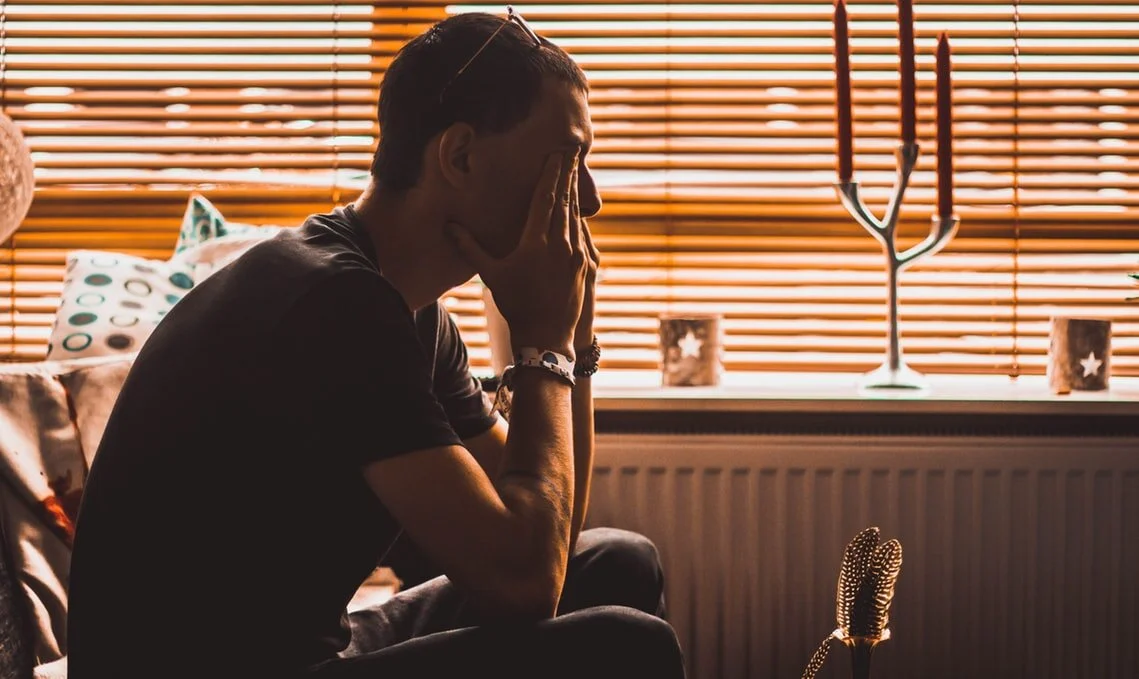Anxiety, Anxiety, Anxiety. How does it look? Why does it happen so suddenly or alternatively, in such specific situations? What can you do to feel better? Here’s a breakdown of some types of anxiety and some tips to help!
Types of Anxiety:
According to the DSM 5, the most recent version of the diagnostic guidelines that aid professionals assess symptoms, there are 12 types of anxiety. Of the 12, Generalized Anxiety Disorder, Social Anxiety Disorder, Anxiety of Specific Phobias, and Panic Disorder are the ones that are commonly discussed.
Generalized Anxiety is when you feel the constant pang of excessive and impractical worry, with nothing specific that triggers it.
Social Anxiety is related to feeling embarrassed, worried and judged in social situations, making you feel awkward and unsure as to how to respond in the situation.
Phobia disorder is when there is an extreme fear related to a specific experience or object, like flying or feet. Often, people with a phobia will avoid their trigger(s).
Panic Disorder is when fear strikes. Sometimes, this can be out of the blue, and the fear can lead to panic attacks, which can feel like a heart attack for some. Panic attacks occur when your body’s internal alarm system sounds, creating a quick thumping of the heart, trouble catching your breath, temperature fluctuations, and other physiological symptoms that can feel very uncomfortable.
Anxiety, while it is split into so many different categories, has some constant defining symptoms like unfounded fears and worry, making it difficult to relax, which often creates physical symptoms and changes in behaviour.
What Can You Do To Feel Better?
There are so many ways to reduce anxiety. I always advocate for sharing your experience with people who you trust to build a support system, and to avoid isolating or spiralling into consistent negative self-talk.
Taking time to sit quietly or attend a moving meditation (yoga, or some types of martial arts) is very useful in dropping into your body and learning to observe your thoughts, rather than believe them, even if it’s only for 5 minutes a day.
Avoid Avoidance. Isn’t it ironic? The more you avoid feeling anxious, the worse the anxiety can get.
Come into your senses when you begin to feel like your thoughts are looping. What does that mean? Name objects that you see and their qualities (colour, shape, the grooves, patterns), name sounds that you can hear, fabrics or materials that you can touch, any taste in your mouth, or any smells that you notice. Coming into your senses for a few minutes allows the thought loop to be broken and can help you redirect your attention.
Belly breaths! Breathe, breathe, breathe deeply. Deep breaths signal safety to your system that is consistently influenced by anxiety. When your breath is deep, your system can settle, as it receives the message that “we are not in imminent danger”. If your breath doesn’t feel safe, try feeling your feet on the ground or your bum in the chair and focus on the rootedness qualities of your body.
Medications are a possibility if your anxiety is completely debilitating.
Speak to a mental health professional. There are many different approaches to working with anxiety (ex: what is emdr therapy?). Finding a counsellor or psychologist that you feel comfortable with can change everything! There are always people who are here to help!

